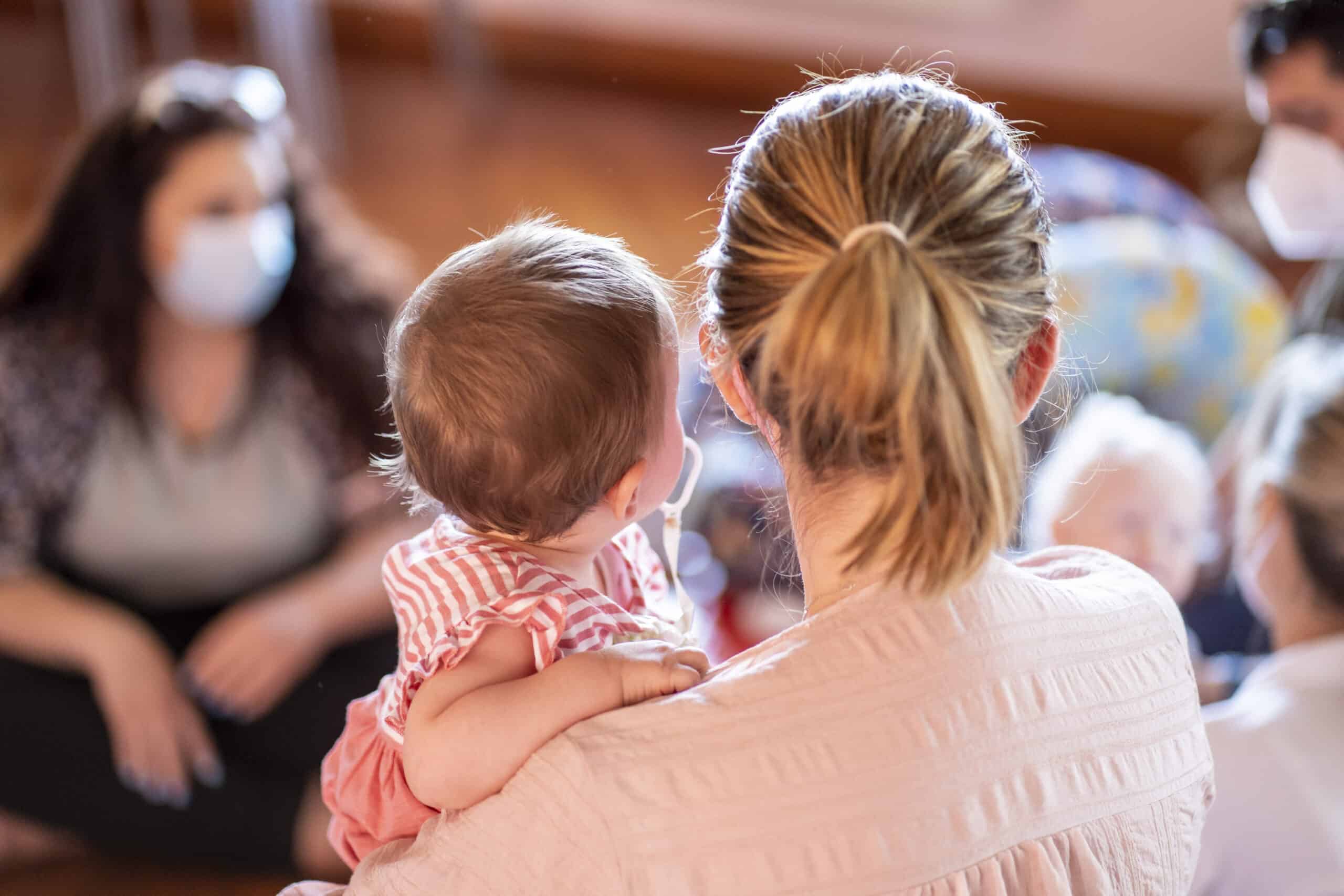Assessing quality of life in children and adolescents with low vision and blindness is the goal of the European project “SeeMyLife,” which, in addition to Italy, involves six other European countries-France, Germany, Belgium, Poland and Lithuania.
For our country, the string of institutions involved is led by theIRCCS Istituto Neurologico Carlo Besta in Milan and includes the Robert Hollman Foundation, the University of Ferrara and the Retinitis Pigmentosa Center in Camposampiero, in the province of Padua.
Multidisciplinary research project targets children and adolescents aged 8 to 18 and their families to highlight their subjective experience regarding the impact of visual impairment on daily life and the possibility of social (school, sports, leisure) and family participation.
“SeeMyLife” aims to encourage the direct participation of the child and his or her family in society, putting the person and his or her needs at the center. This is in line with the Charter of the Rights of Persons with Disabilities (adopted by the United Nations Assembly in December 2006 and ratified by Italy in February 2009), with the goals of the UN 2030 Agenda on Sustainable Development and with the World Health Organization’s Vision Report. (WHO World Report on Vision, 2019) that affirm the importance of providing integrated services that put the child and his or her family at the center, starting with their resources and responding to their needs throughout the life course.
Starting in January 2024, in each project country the study will be conducted through the administration of three different questionnaires to hundreds of children and their families to assess the impact of visual impairment on their activities of daily living, well-being and social participation.
Fifteen or so young people in each country will then be asked to participate in a longer and more in-depth interview, as well as their parents and health professionals, to delve into their subjective experience of visual impairment and how it impacts their quality of life.
“SeeMyLife” will, therefore, enable the validation of shared tools for assessing the quality of life of children with visual impairment to improve accompaniment by health and professional teams. In addition, these new tools will be able to be made available to private and public facilities nationwide who request them, as well as to other countries for the benefit of a great many children, youth and their families.
For more information: www.ern-eye.eu/seemylife

